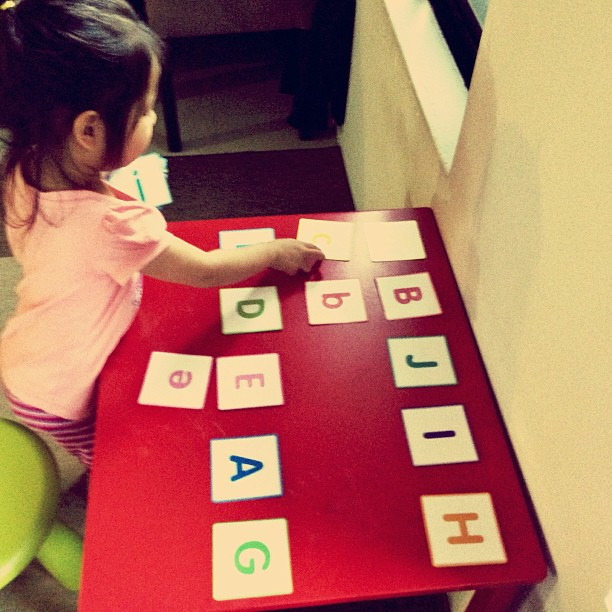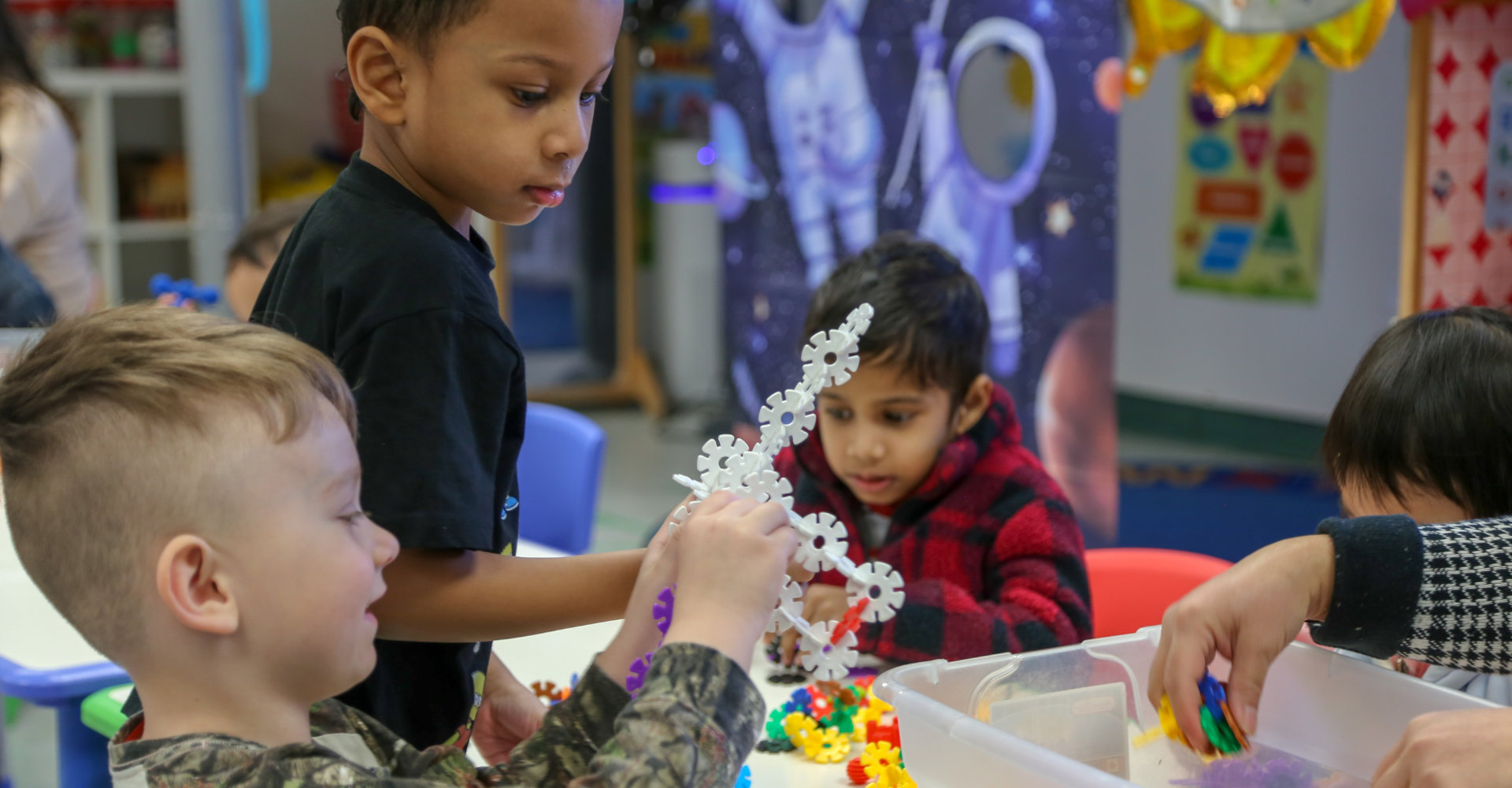Benefits of the Montessori Method
Montessori is a type of program for teaching children that was developed by Italian physician and educator Maria Montessori at the beginning of the 20th century. It stresses a child's independence, freedom within limits, and respects the child's psychological, physical, and social development. Maria Montessori understood that a child's first few years are vital to their future development and that it is a time frame when they are the most curious and can easily absorb new concepts and information. It focuses on the individual child, rather than the group as a whole. This allows each child to learn at their own pace to develop a better foundation.
The Montessori Method gives preschool aged children the attention they need to help build skills in the areas of:
- Sensory and Perception
- Self-Help
- Language
- Physical and Motor Skills
- Social and Emotional Growth
Children Learn About The World Around Them
In order to teach children effectively they are given unique tasks, specific to each child. They learn how to cope with everyday situations in life through various concrete activities that are carefully developed. Montessori methods focus on learning the fundamentals in the right order, so that children can progress at a faster yet comfortable rate. The Montessori program is developed with great attention to detail – each activity introduced to the children has a particular intention and reasoning behind it.
For instance, to stress self-reliance the children enrolled at a Montessori school carry out exercises created specifically for their age group. These particular activities familiarize children with practical activities that they will need in life, such as helping their mother pick out items for a healthy snack or help in sorting out light and dark colors of clothing which applies to doing the laundry. These types of tasks give children more confidence in themselves when it becomes necessary later in life.
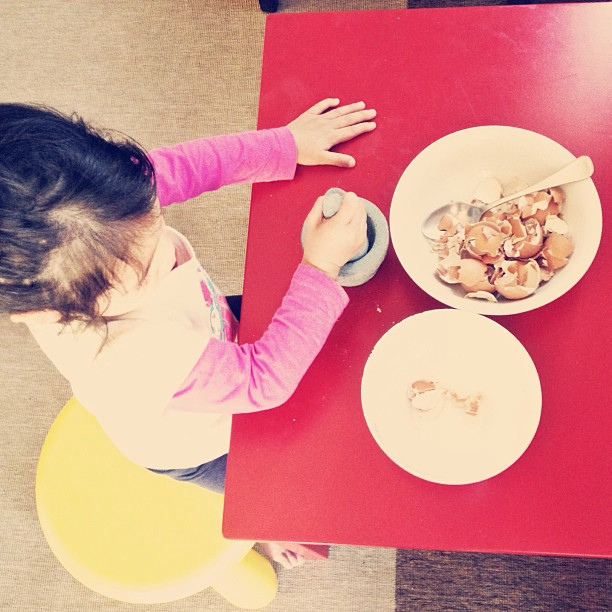
The older children take part in activities that inform them about their world around them and how they fit into it, such as showing them how to help set the table, prepare foods, help with chores such as laundry by sorting clothing, and similar life tasks. Some activities involve a child learning how to safely cut up vegetables, carry objects of different sizes, and pour water into different types of containers. These encourage the development of problem-solving skills that will help them later on in coping with new roles and responsibilities.
Montessori education begins with very simple exercises and progress in to more complex activities. The younger children learn about how to take care of themselves by learning how to do things like folding clothes or fixing a simple snack which helps their coordination. Simple activities such as identifying shapes and colors are an important building block in a child’s education. Not only are these activities fun for young children, but they also help the children to develop their pattern recognition ability, which becomes useful later when learning mathematics, language, and basic literature.

These are some of the aspects of Montessori that makes it so effective. Traditional classrooms are often teach by mechanical or habitual repetition but fail to teach the underlying fundamentals which make up the foundation of a child's education. Montessori takes a more hands-on approach, where each child learns by participating in the activities themselves.
Montessori is very engaging for children – they learn things like math and language skills through fun games and cultural activities. For example, they may be given blocks of different shapes and sizes and are shown a series of unique holes. The child must then match each shape to its specific hole. This causes the children to learn trial and error – using their senses of sight and touch to determine the correct hole for each individual block.
Kids may have the opportunity to play with instruments to learn about melody and rhythm. It varies every day and the Montessori Method lets them learn at their own pace and skill levels.
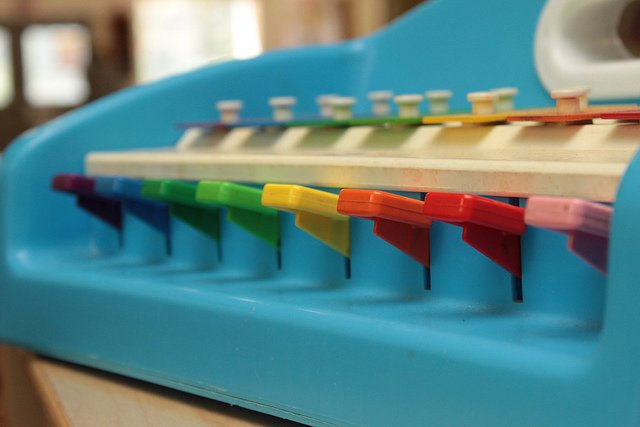
These are some of the activities that children may be introduced to in the course of their day in a Montessori school environment.
Sandpaper Letters
Sandpaper letters is one method used by Montessori teachers to instruct children on understanding letter-sound recognition. In this activity they will cut letters out of a fine-grade sandpaper, and then lay them down onto a flat surface. The children then trace them with their fingers and say the sound each one makes. The child experiences how each letter feels as they say it. This allows them to learn through a physical medium using their motor skills (i.e. finger muscles) and their own voices as they sound out the letter aloud. Though this activity seems simplistic, it is highly effective because it combines tactile, audible, and visual feedback. Including multiple senses helps accelerate and deepen the child's understanding of what they're learning. Sandpaper letters help the child understand the relationship between letters and words and allow the child to comprehend the building blocks of language and writing.
Funneling Water
This type of activity helps the children to develop further their motor skills, as well as hand-eye coordination and dexterity. They are given 2 bowls: one empty and one filled with water. Then they are presented with a funnel, droppers, small jugs, or other items that can be used to transport water. The objective is to take these items and transfer the water from one bowl to the other. The kids learn which tools works better and how to handle each one while pouring/moving the water. This is a fun activity for the children and facilitates the development of practical skills.
Painting
Painting encourages the children learn to be creative. It also increases their vocabulary because the children are asked to talk about their paintings, and the colors they decided to use. In addition, it is a great social activity. They relate to the kids around them, hearing other's opinions on their paintings and sharing their own.
The children are presented with different kinds of paints such as watercolors, tempera or finger paints in a variety of colors. They also have the option to use all sorts of paint brushes. Other things to paint with like toothbrushes, cotton balls, sponges can be used as well and the children are encouraged to pick whatever tools/materials they like. It makes for a fun activity while giving children the opportunity to use their imagination and to think for themselves.
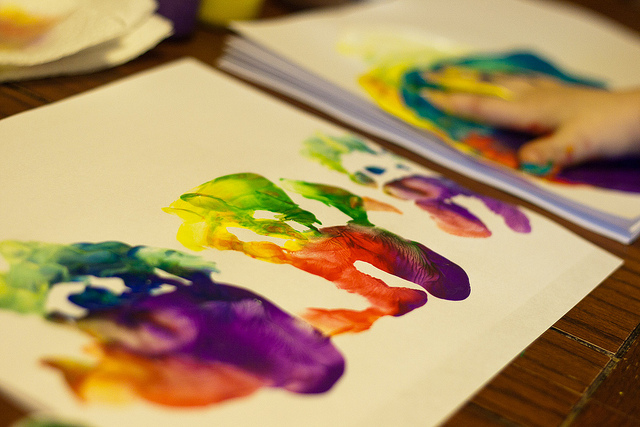
Sorting
In this exercise, the children are going to develop their cognitive skills, hand-eye coordination and their fine motor skills. They will do this by taking several items shown to them and sorting them by color, shape, size, or other criteria. The materials used can be things like wooden blocks or soft foam balls. While doing this the instructor talks about the ability and practical uses of sorting objects. For instance, sorting laundry into dark and light piles, recycling different kinds of containers, or making things fit into drawers or cupboards. These are skills they will need in their real day to day lives.
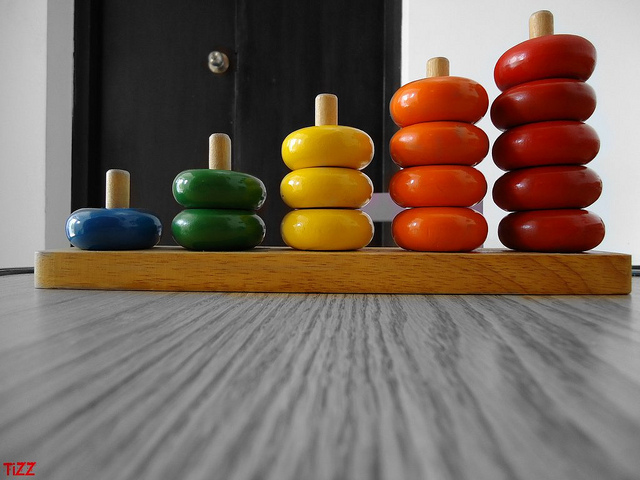
Number Rods
In purpose of this activity is to introduce the concept of numbers, counting, and basic arithmetic to the child. The numbers one through ten each have a representative rods with a length proportional to the number. For example, the child is able to recognize that the rod labeled with number two is made out of two unit length segments. This clearly shows how the numbers are related to each other and helps develop the child’s intuition for numbers, counting, and arithmetic.
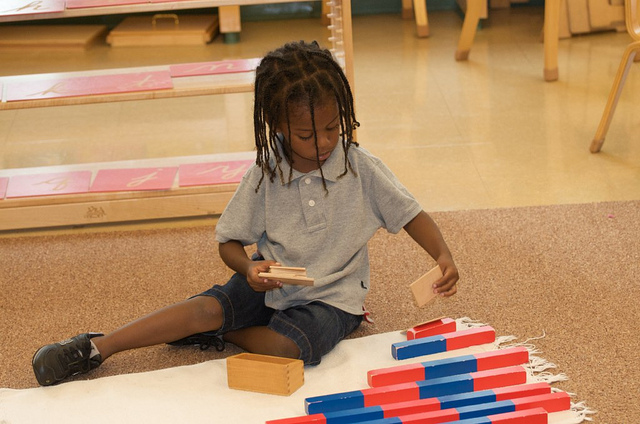
Practical Life
Other types of exercises that are great for developing practical skills for day to day tasks include practicing pouring things like beans or rice from one container to another, which is a good starting point for teaching the different aspects of cooking later on. Older kids can learn how to make a simple snack by having the ingredients laid out and then watching a demonstration by the instructor. Another great task involves the children learning things like how a clothespin holds clothes onto a line or how a shirt goes on a hanger. These are easy to replicate by inexpensive methods like buying items at a dollar or thrift store if you want to practice them at home.
Sensorial Perception
For teaching sensorial perception, the children may do things like feel squares of different kinds of fabric, sandpaper, etc., to show how each material is different from one another. They can learn about sense of smell through the introduction to spices or salts in small shakers. Tasting sour, sweet, and bitter foods will allow them to understand their ability to taste and provides a great opportunity to learn about their body – in this case – their tongue. These are just a few examples of how the children can interact with everyday objects to learn and grow through hands-on experiences.
Montessori daycare is a unique program that teaches children how to understand the world around them, as well as teaching the children things important concepts like math, reading and writing, and other educational fundamentals. Though each child learns at their own pace, it is not uncommon in Montessori education to take a child from little to no experience in numbers and reading all the way to doing simple arithmetic and reading simple words. This is done through cleverly designed activities such, such as the many described above. Montessori methods are geared to each child's age and mental abilities in a fashion that makes it both fun and effective at the same time.
Speak With Our Friendly Childcare Experts Today
